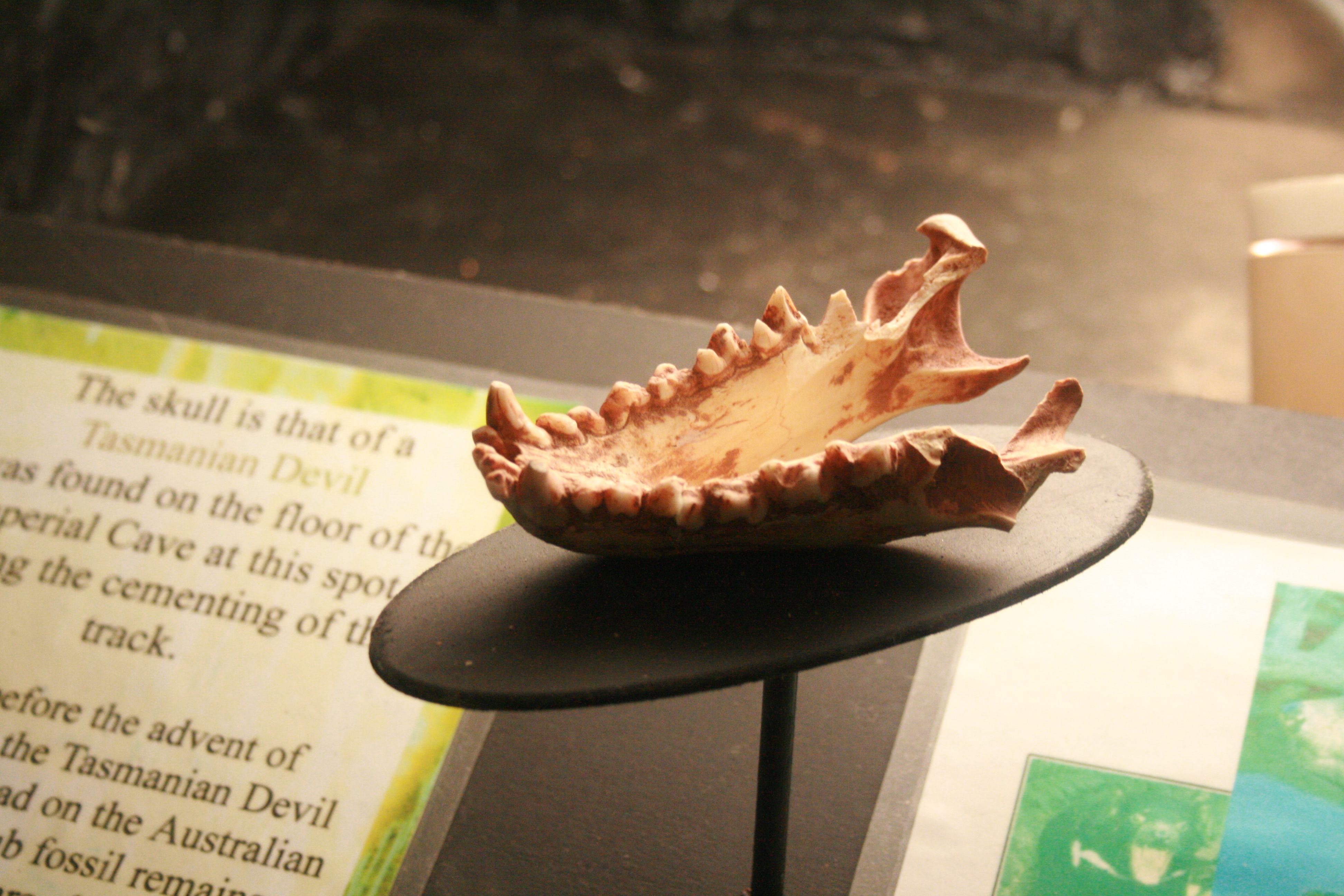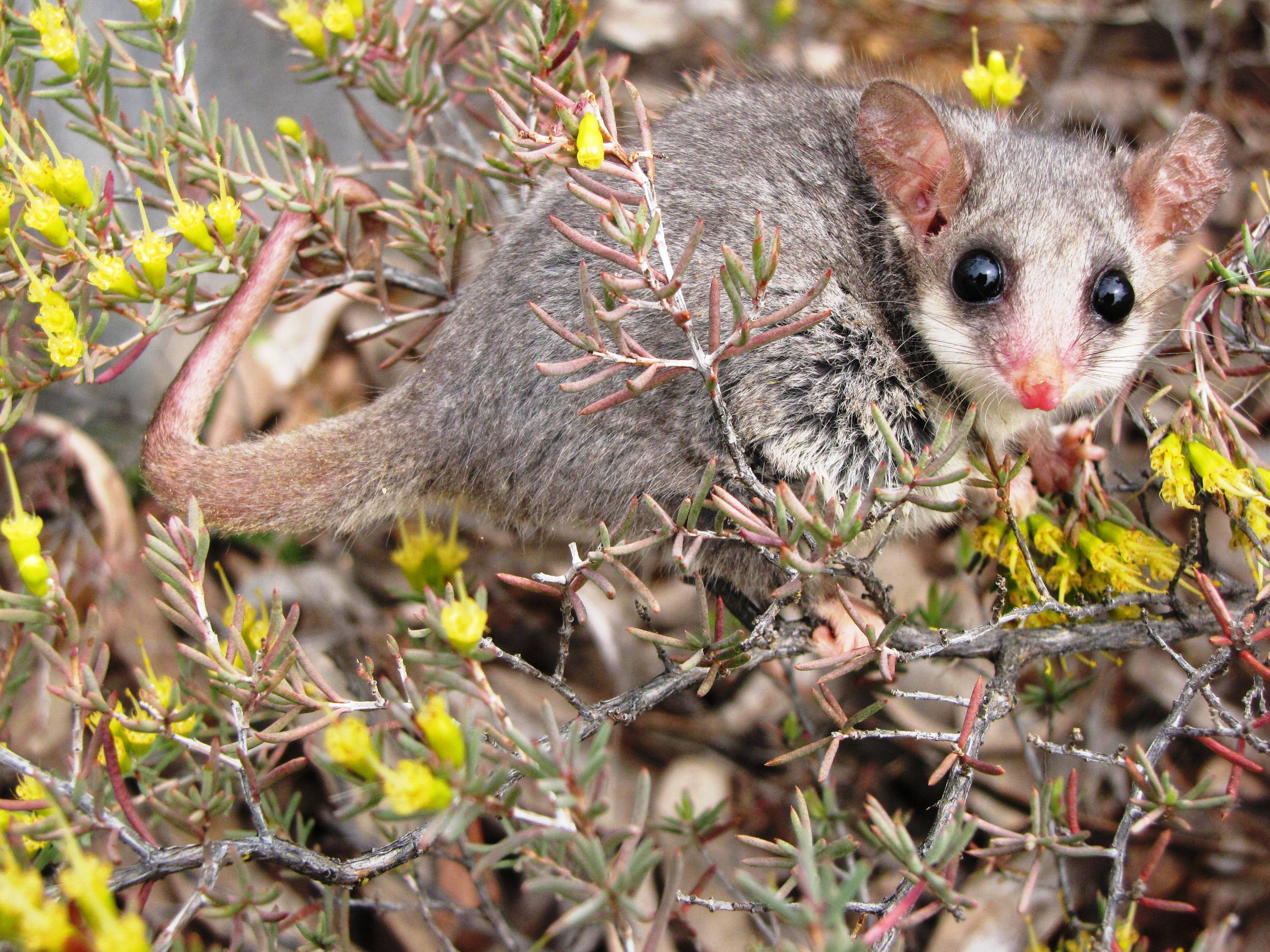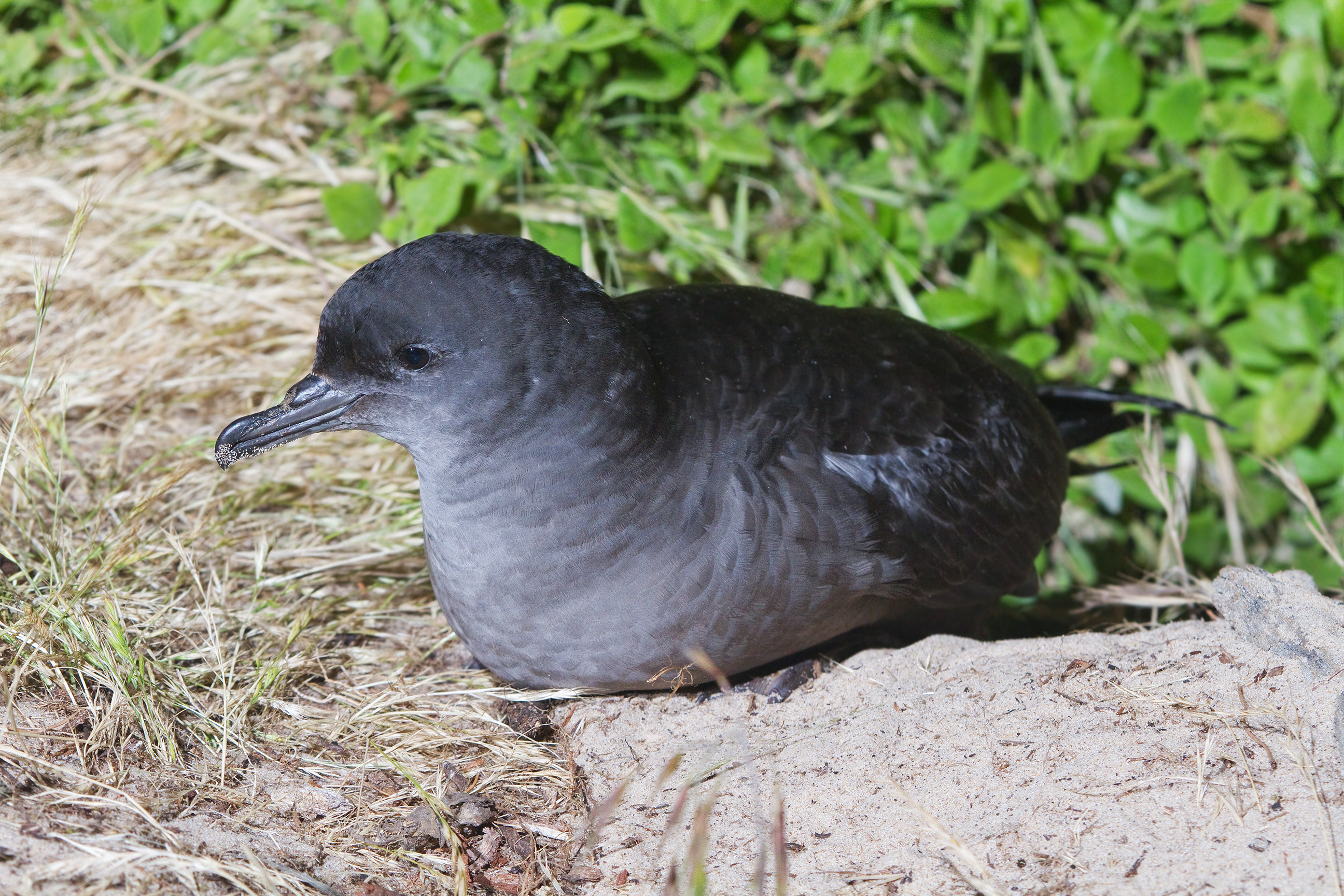|
Swansea, Tasmania
Swansea is a town in the heart of Tasmania's east coast, on the north-west shore of Great Oyster Bay and overlooking Freycinet National Park. It was the first municipality in Australia to be established after Hobart and Sydney. At the , Swansea had a population of 997. The town was formed in 1821 and celebrated its 200th birthday in 2021. History The first European to explore the Swansea area was Captain John Henry Cox sailing from England to Sydney. He took his ship, the ''Mercury'', up the eastern coast of Tasmania. On 3 July 1789, having heard of vast colonies of seals in the area, he sailed along the western shore of Maria Island and into a stretch of water he named Oyster Bay. Swansea was not settled until 1821 when George Meredith, his family and workers arrived from Pembrokeshire, Wales. Meredith obtained a grant from Lieutenant Governor William Sorell to farm in the area around Oyster Bay. The land was developed and made suitable for seasonal crops and grazing ... [...More Info...] [...Related Items...] OR: [Wikipedia] [Google] [Baidu] |
Glamorgan Spring Bay Council
, HQ = Cardiff , Government = Glamorgan County Council (1889–1974) , Origin= , Code = GLA , CodeName = Chapman code , Replace = * West Glamorgan * Mid Glamorgan * South Glamorgan , Motto = ("He who suffered, conquered") , Image = Flag adopted in 2013 , Map = , Arms = , PopulationFirst = 326,254 , PopulationFirstYear = 1861 , AreaFirst = , AreaFirstYear = 1861 , DensityFirst = 0.7/acre , DensityFirstYear = 1861 , PopulationSecond = 1,120,910Vision of Britain �Glamorgan population , PopulationSecondYear = 1911 , AreaSecond = , AreaSecondYear = 1911 , DensitySecond ... [...More Info...] [...Related Items...] OR: [Wikipedia] [Google] [Baidu] |
Pembrokeshire
Pembrokeshire ( ; cy, Sir Benfro ) is a county in the south-west of Wales. It is bordered by Carmarthenshire to the east, Ceredigion to the northeast, and the rest by sea. The county is home to Pembrokeshire Coast National Park. The Park occupies more than a third of the area of the county and includes the Preseli Hills in the north as well as the Pembrokeshire Coast Path. Historically, mining and fishing were important activities, while industry nowadays is focused on agriculture (86 per cent of land use), oil and gas, and tourism; Pembrokeshire's beaches have won many awards. The county has a diverse geography with a wide range of geological features, habitats and wildlife. Its prehistory and modern history have been extensively studied, from tribal occupation, through Roman times, to Welsh, Irish, Norman, English, Scandinavian and Flemish influences. Pembrokeshire County Council's headquarters are in the county town of Haverfordwest. The council has a majority of Independ ... [...More Info...] [...Related Items...] OR: [Wikipedia] [Google] [Baidu] |
Bureau Of Meteorology
The Bureau of Meteorology (BOM or BoM) is an executive agency of the Australian Government responsible for providing weather services to Australia and surrounding areas. It was established in 1906 under the Meteorology Act, and brought together the state meteorological services that existed before then. The states officially transferred their weather recording responsibilities to the Bureau of Meteorology on 1 January 1908. History The Bureau of Meteorology was established on 1 January 1908 following the passage of the ''Meteorology Act 1906''. Prior to Federation in 1901, each colony had had its own meteorological service, with all but two colonies also having a subsection devoted to astronomy. In August 1905, federal home affairs minister Littleton Groom surveyed state governments for their willingness to cede control, finding South Australia and Victoria unwilling. However, at a ministerial conference in April 1906 the state governments agreed to transfer responsibility for ... [...More Info...] [...Related Items...] OR: [Wikipedia] [Google] [Baidu] |
Tasmanian Devils
The Tasmanian devil (''Sarcophilus harrisii'') (palawa kani: purinina) is a carnivorous marsupial of the family Dasyuridae. Until recently, it was only found on the island state of Tasmania, but it has been reintroduced to New South Wales in mainland Australia, with a small breeding population. The size of a small dog, the Tasmanian devil became the largest carnivorous marsupial in the world following the extinction of the thylacine in 1936. It is related to quolls, and distantly related to the thylacine. It is characterised by its stocky and muscular build, black fur, pungent odour, extremely loud and disturbing screech, keen sense of smell, and ferocity when feeding. The Tasmanian devil's large head and neck allow it to generate among the strongest bites per unit body mass of any extant predatory land mammal. It hunts prey and scavenges on carrion. Although devils are usually solitary, they sometimes eat and defecate together in a communal location. Unlike most other da ... [...More Info...] [...Related Items...] OR: [Wikipedia] [Google] [Baidu] |
Phalangeriformes
Phalangeriformes is a paraphyletic suborder of about 70 species of small to medium-sized arboreal marsupials native to Australia, New Guinea, and Sulawesi. The species are commonly known as possums, gliders, and cuscus. The common name "possum" for various Phalangeriformes species derives from the creatures' resemblance to the opossums of the Americas (the term comes from Powhatan language ''aposoum'' "white animal", from Proto-Algonquian *''wa·p-aʔɬemwa'' "white dog"). However, although opossums are also marsupials, Australasian possums are more closely related to other Australasian marsupials such as kangaroos. Phalangeriformes are quadrupedal diprotodont marsupials with long tails. The smallest species, indeed the smallest diprotodont marsupial, is the Tasmanian pygmy possum, with an adult head-body length of and a weight of . The largest are the two species of bear cuscus, which may exceed . Phalangeriformes species are typically nocturnal and at least partia ... [...More Info...] [...Related Items...] OR: [Wikipedia] [Google] [Baidu] |
Microbats
Microbats constitute the suborder Microchiroptera within the order Chiroptera ( bats). Bats have long been differentiated into Megachiroptera (megabats) and Microchiroptera, based on their size, the use of echolocation by the Microchiroptera and other features; molecular evidence suggests a somewhat different subdivision, as the microbats have been shown to be a paraphyletic group. Characteristics Microbats are long. Most microbats feed on insects, but some of the larger species hunt birds, lizards, frogs, smaller bats or even fish. Only three species of microbat feed on the blood of large mammals or birds ("vampire bats"); these bats live in South and Central America. Although most "Leaf-nose" microbats are fruit and nectar-eating, the name “leaf-nosed” isn't a designation meant to indicate the preferred diet among said variety. Three species follow the bloom of columnar cacti in northwest Mexico and the Southwest United States northward in the northern spring and then th ... [...More Info...] [...Related Items...] OR: [Wikipedia] [Google] [Baidu] |
Wallaby
A wallaby () is a small or middle-sized macropod native to Australia and New Guinea, with introduced populations in New Zealand, Hawaii, the United Kingdom and other countries. They belong to the same taxonomic family as kangaroos and sometimes the same genus, but kangaroos are specifically categorised into the four largest species of the family. The term "wallaby" is an informal designation generally used for any macropod that is smaller than a kangaroo or a wallaroo that has not been designated otherwise. There are nine species (eight extant and one extinct) of the brush wallaby (genus ''Notamacropus''). Their head and body length is and the tail is long. The 19 known species of rock-wallabies (genus ''Petrogale'') live among rocks, usually near water; two species in this genus are endangered. The two living species of hare-wallabies (genus ''Lagorchestes''; two other species in this genus are extinct) are small animals that have the movements and some of the habits ... [...More Info...] [...Related Items...] OR: [Wikipedia] [Google] [Baidu] |
Quolls
Quolls (; genus ''Dasyurus'') are carnivorous marsupials native to Australia and New Guinea. They are primarily nocturnal and spend most of the day in a den. Of the six species of quoll, four are found in Australia and two in New Guinea. Another two species are known from fossil remains in Pliocene and Pleistocene deposits in Queensland. Genetic evidence indicates that quolls evolved around 15 million years ago in the Miocene, and that the ancestors of the six species had all diverged by around four million years ago. The six species vary in weight and size, from to . They have brown or black fur and pink noses. They are largely solitary, but come together for a few social interactions such as mating which occurs during the winter season. A female gives birth to up to 18 pups, of which only six survive because she only has six teats with which to feed them. They have a life span from 2 to 4 years. Quolls eat smaller mammals, small birds, lizards, and insects. All species hav ... [...More Info...] [...Related Items...] OR: [Wikipedia] [Google] [Baidu] |
Little Penguin
The little penguin (''Eudyptula minor'') is a species of penguin from New Zealand. They are commonly known as little blue penguins or blue penguins owing to their slate-blue plumage and are also known by their Māori name . The Australian little penguin (''Eudyptula novaehollandiae'') from Australia and the Otago region of New Zealand is considered a separate species by a 2016 study and a 2019 study. Taxonomy The little penguin was first described by German naturalist Johann Reinhold Forster in 1781. Several subspecies are known, but a precise classification of these is still a matter of dispute. The holotypes of the subspecies ''E. m. variabilis'' and ''Eudyptula minor chathamensis'' are in the collection of the Museum of New Zealand Te Papa Tongarewa. The white-flippered penguin (''E. m. albosignata'' or ''E. m. minor morpha albosignata'') is currently considered by most taxonomists to be a colour morph or subspecies of ''Eudyptula minor.'' In 2008, Shirihai treat ... [...More Info...] [...Related Items...] OR: [Wikipedia] [Google] [Baidu] |
Short-tailed Shearwater
The short-tailed shearwater or slender-billed shearwater (''Ardenna tenuirostris''; formerly ''Puffinus tenuirostris''), also called yolla or moonbird, and commonly known as the muttonbird in Australia, is the most abundant seabird species in Australian waters, and is one of the few Australian native birds in which the chicks are commercially harvested. It is a migratory species that breeds mainly on small islands in Bass Strait and Tasmania and migrates to the Northern Hemisphere for the boreal summer. Taxonomy This shearwater appears to be related to the sooty and great shearwaters, which are also blunt-tailed, black-billed species, but its precise relationships are obscure (Austin, 1996; Austin ''et al.'', 2004). These are among the larger species of shearwater, which have been moved to a separate genus, ''Ardenna'' based on a phylogenetic analysis of mitochondrial DNA (Penhallurick & Wink, 2004). Ecology Each parent feeds the single chick for 2–3 days and then leav ... [...More Info...] [...Related Items...] OR: [Wikipedia] [Google] [Baidu] |
Victorian Era
In the history of the United Kingdom and the British Empire, the Victorian era was the period of Queen Victoria's reign, from 20 June 1837 until her death on 22 January 1901. The era followed the Georgian period and preceded the Edwardian period, and its later half overlaps with the first part of the ''Belle Époque'' era of Continental Europe. There was a strong religious drive for higher moral standards led by the nonconformist churches, such as the Methodists and the evangelical wing of the established Church of England. Ideologically, the Victorian era witnessed resistance to the rationalism that defined the Georgian period, and an increasing turn towards romanticism and even mysticism in religion, social values, and arts. This era saw a staggering amount of technological innovations that proved key to Britain's power and prosperity. Doctors started moving away from tradition and mysticism towards a science-based approach; medicine advanced thanks to the adopti ... [...More Info...] [...Related Items...] OR: [Wikipedia] [Google] [Baidu] |
Black Wattle Bark
Tanbark is the bark of certain species of trees, traditionally used for tanning hides into leather. The words "tannin", "tanning", " tan," and " tawny" are derived from the Medieval Latin ''tannare'', "to convert into leather." Bark mills are horse- or oxen-driven or water-powered edge mills and were used in earlier times to shred the tanbark to derive tannins for the leather industry. A "barker" was a person who stripped bark from trees to supply bark mills. Tanbark around the world In Europe, oak is a common source of tanbark. Quercitannic acid is the chief constituent found in oak barks. The bark is taken from young branches and twigs in oak coppices and can be up to 4 mm thick; it is grayish-brown on the outside and brownish-red on the inner surface. In some areas of the United States, such as northern California, "mulch" is often called tanbark, even by manufacturers and distributors. In these areas, the word "mulch" may refer to peat moss or to very fine tanbark. ... [...More Info...] [...Related Items...] OR: [Wikipedia] [Google] [Baidu] |



.png)





